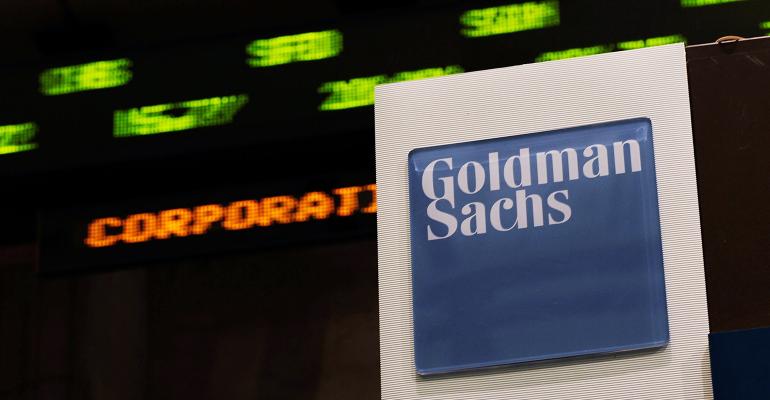(Bloomberg) -- Goldman Sachs Group Inc. is expanding its use of a technology that leverages artificial intelligence in the hopes that it will make it easier for clients to plan complex derivatives trades.
After already using the software to shake up the worlds of equities and foreign exchange options, the firm in recent weeks began allowing clients to use its visual structuring product for credit derivatives. It’s aiming to offer the service for rates trading in the first half of next year, Chris Churchman, who runs Goldman’s digital trading platform Marquee, said in an interview.
The product, which Goldman began offering last year, helps institutional clients with price discovery and trading ideas. It also assesses the risks of a given trade and can gauge the chances that the trade will pay off.
To do so, the offering uses neural networks, which learn through trial and error like a human brain, as well as natural language processing, which deciphers vast troves of speech and text, to price some complex trades.
“If you want to buy a Lego, Amazon helps you go from ‘I want to buy a Lego’ to ‘this is the specific Lego I want to buy’ in an efficient and effective way,” Churchman said. “Our aim with Marquee is to help clients make decisions about what to trade in global markets quickly and with high confidence, much like Amazon.”
Read More:
- JPMorgan’s AI Push Has Wall Street Rivals Playing Catch-Up
- AI Can Write, But Is It Any Good at Picking Stocks?: QuickTake
- Deutsche Bank Tests Out AI to Detect Rogue Traders’ Phone Calls
Goldman hired Churchman in 2021 from UBS Group AG, where he was head of Americas currency trading. He had previously been global head of exotics at the Swiss bank, helping the company develop a system for pricing and trading currency derivatives.
At Goldman, Churchman has oversight of Marquee, a platform that offers market intelligence, risk analytics, proprietary datasets and trade-execution across multiple asset classes.
The visual structuring software uses models that are typically between 20 and 100 times faster than their traditional counterparts, Churchman said. That means it can answer clients’ questions in seconds rather than hours, he said.
For instance, if a client is interested in trading a particular asset, the system can quickly analyze how that asset’s current premium compares to past periods. The system can also instantaneously price different variations of a trade, predict when it might pay off and show how that investment might behave as the prices of other assets move.
“It’s a one-stop shop,” Churchman said. “We want it to be an intrinsic part of our clients’ investment process.”





